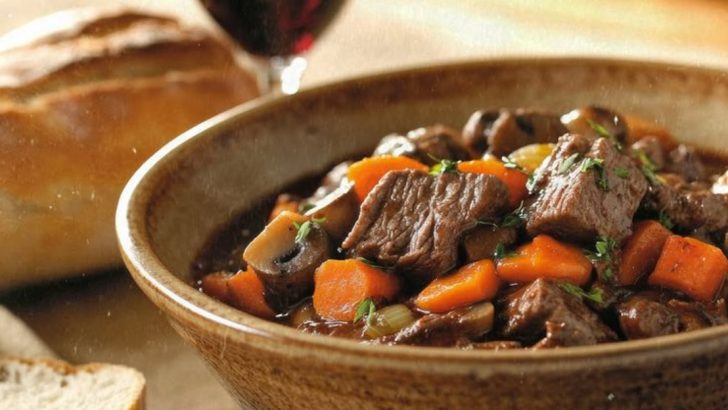Indigenous communities across North America have cultivated a rich, sustainable food culture for centuries. These 25 traditional Native American dishes tell a story of survival, tradition, and deep connection to the land.
Each dish highlights the flavors, techniques, and stories passed down through generations, reflecting a deep respect for nature and cultural resilience.
This exploration of Indigenous cuisine invites you to appreciate not just the taste but the rich history and significance behind each dish.
1. Frybread
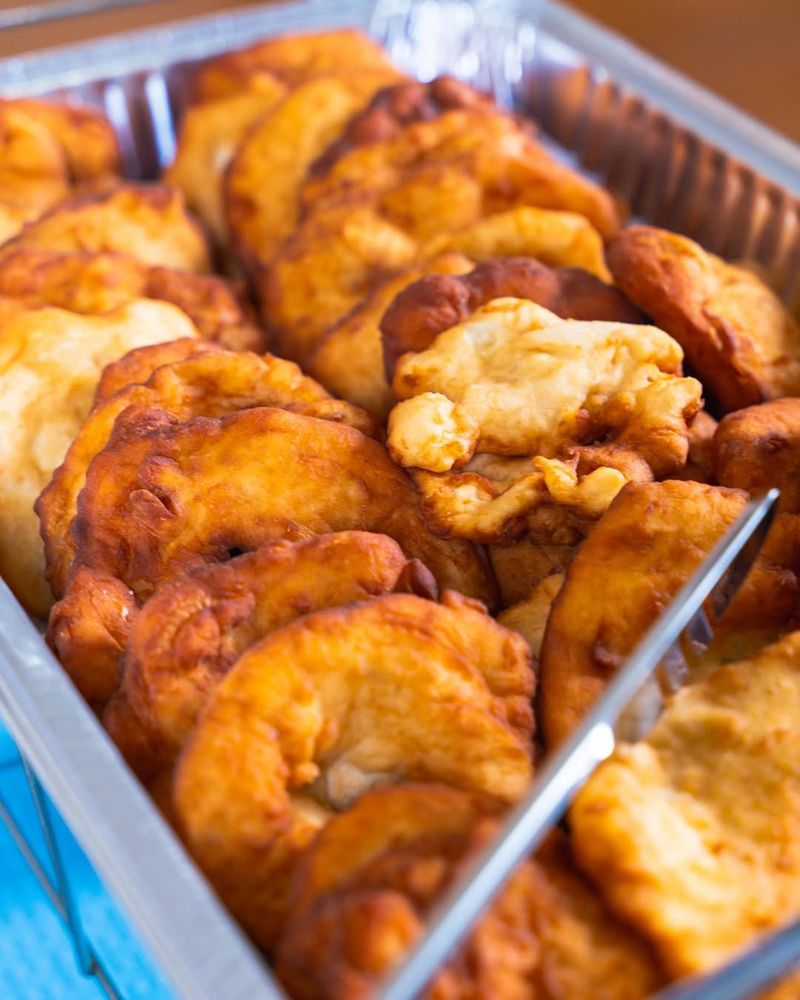
It’s golden, fluffy, and loved at gatherings. Historically, it was born out of hardship when tribes were given limited rations. Today, it’s a staple at powwows and family events.
Many enjoy it with honey or powdered sugar, but savory toppings like beans or meat are common. The controversy lies in its creation: it symbolizes both oppression and cultural identity.
Despite debates, frybread remains a unifying treat. Sharing a piece feels like preserving a piece of history.
2. Cornbread (Tamales De Elote)
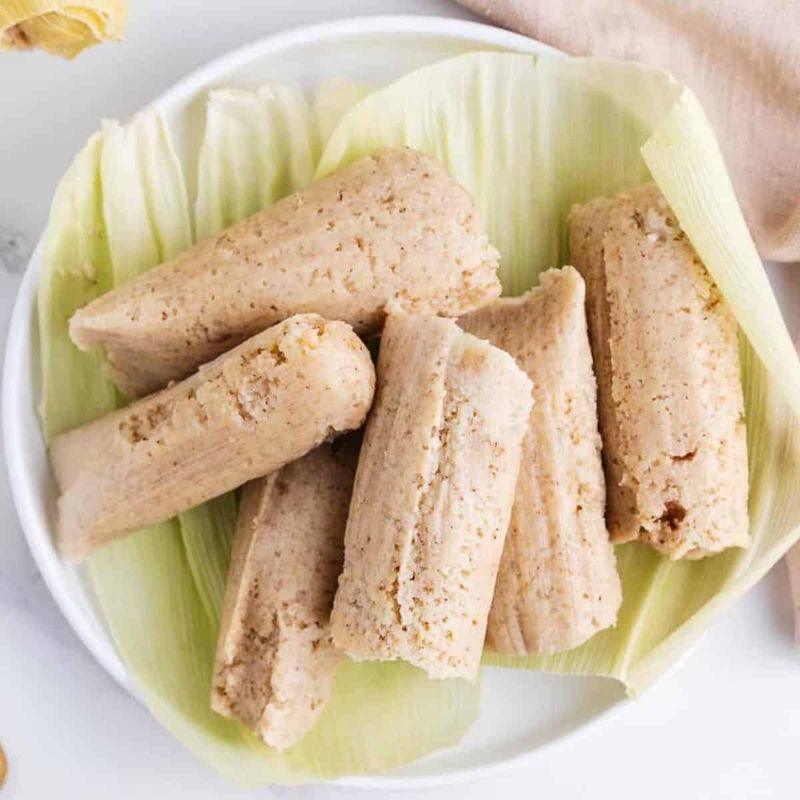
Corn is central to many Indigenous cultures. In these variations, ground corn meets simple seasonings to create a comforting loaf or tamale.
Tribes across the Southwest and beyond have their own spin: some add chili peppers, others keep it sweet with honey. No matter the recipe, cornbread stands as a testament to maize’s vital role.
Making it by hand fosters a sense of connection. You feel the legacy of fields that once fed entire nations.
3. Blue Corn Mush
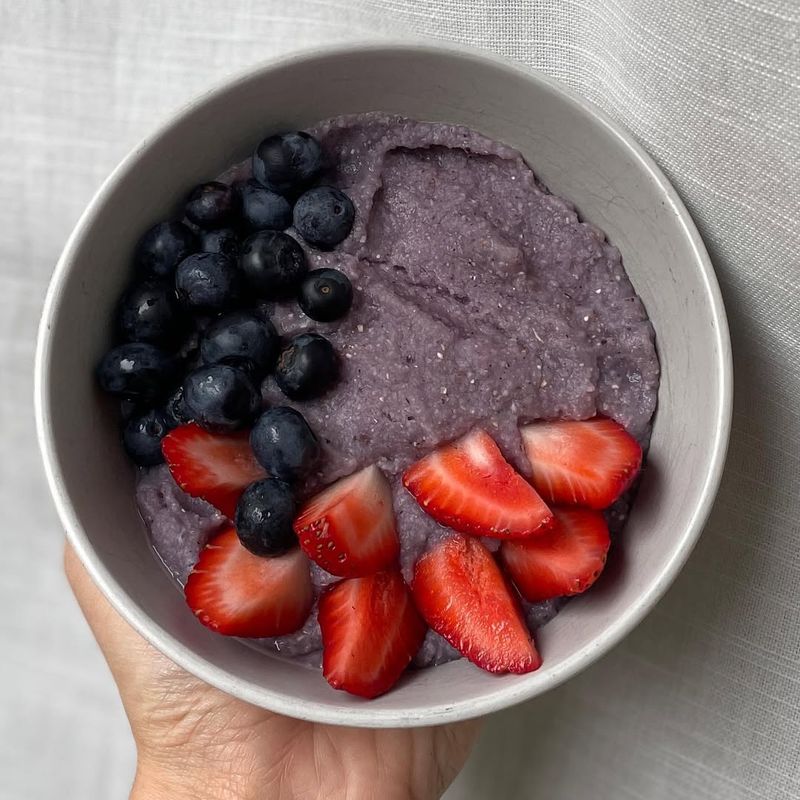
This dish uses blue cornmeal, often sweetened with wild berries or local honey. The color is striking, and the flavor is warm and earthy.
Traditionally, people cook it slowly over a fire, stirring to reach a porridge-like consistency. It’s both breakfast and ceremonial food in many communities.
Some add a splash of milk or sweeteners today, blending old methods with modern tastes. The result feels like a cozy hug in a bowl.
4. Piki Bread
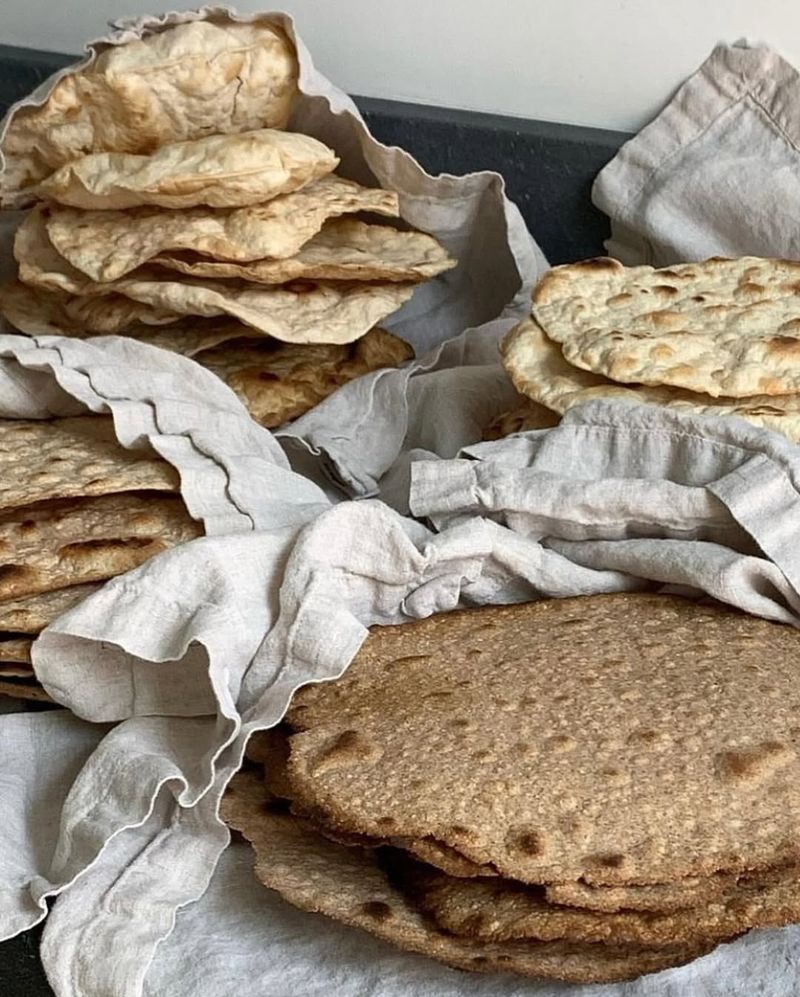
Delicate, paper-thin sheets made from blue corn and ash. Hopi women have passed down this skill for generations.
The batter is spread on a hot stone, creating translucent layers that fold neatly. Eaten plain or with savory dips, it melts on the tongue.
Crafting piki demands patience and technique. It’s a beautiful symbol of artisanal tradition.
5. Wild Rice Casserole

Sourced from hand-harvested wild rice found near the Great Lakes. This hearty grain offers a nutty depth.
Tribes like the Ojibwe maintain centuries-old traditions of ricing. Their canoes glide through lakes to tap the grains into baskets.
Mixed with vegetables or protein, it turns into a comforting casserole. Each spoonful honors a delicate ecosystem and a sacred food.
6. Bison Stew

Bison once roamed the Plains in vast herds, sustaining entire cultures. Slow-cooking the meat in a stew keeps it tender and rich.
Root vegetables, herbs, and sometimes corn round out the pot. The aroma alone can transport you to open prairies.
Eating bison is also a way to support conservation efforts. Enjoy it knowing each bowl honors both the land and the animal.
7. Pemmican

This is survival food at its finest. Dried meat, usually bison or venison, is pounded and mixed with fat and berries.
Light, high-calorie, and shelf-stable, it fueled long journeys and harsh winters. Many tribes relied on it for sustenance and trade.
Modern versions sometimes add nuts or different fruits. Yet the essence remains: energy-dense and historically crucial.
8. Venison Roast
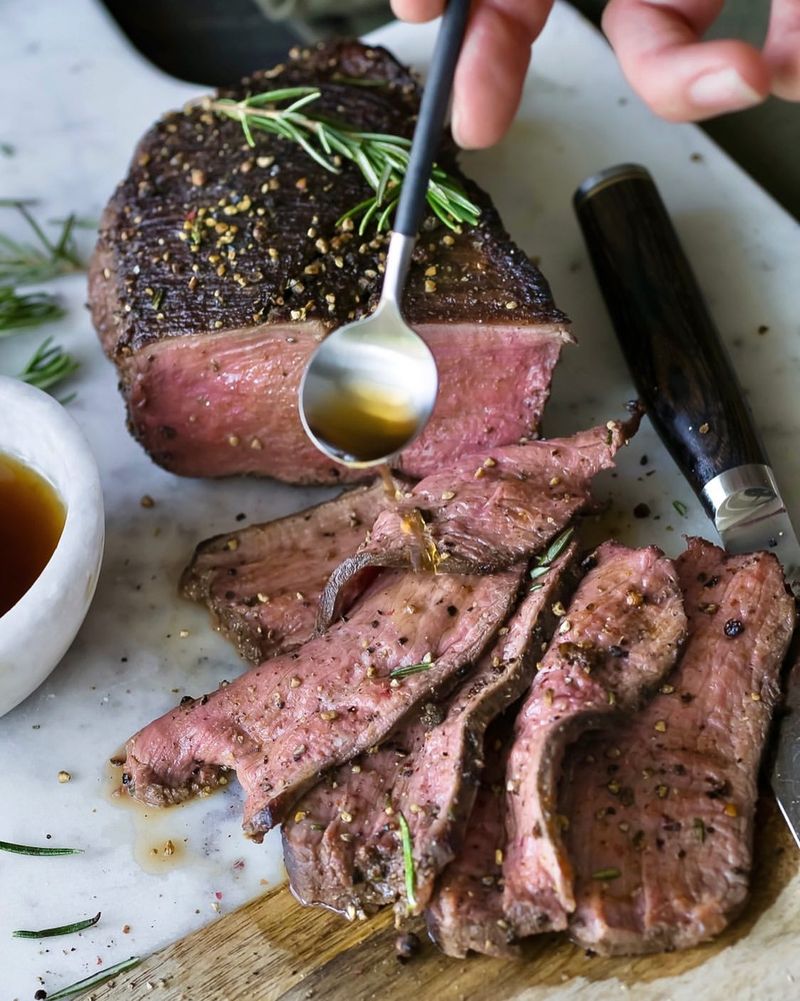
Venison is a prized game across many Indigenous nations. Lean and flavorful, it tastes best when slow-cooked or roasted.
Hunters show respect by using as much of the animal as possible. This roast often pairs with root veggies like carrots or parsnips.
For many, it’s the taste of family gatherings—an homage to ancestral hunting traditions and a respect for wildlife.
9. Cedar-Plank Salmon

Pacific Northwest tribes perfected this method. Salmon is pinned to cedar boards and placed near open flames.
The cedar imparts a smoky, earthy aroma. It locks in moisture, leaving the fish tender and just a bit charred on the edges.
Even modern kitchens can replicate this. It’s a savory nod to a time-honored technique passed down along coastal communities.
10. Smoked Whitefish

In the Great Lakes area, whitefish thrived. Smoking it preserved the catch for long winters.
Today, many still smoke fillets over wood fires, letting the sweet, mild flesh absorb deep flavor. Smoked whitefish is a centerpiece for family feasts.
It also appears in spreads or chowders. Each bite carries a taste of cool northern waters and centuries of tradition.
11. Three Sisters Stew
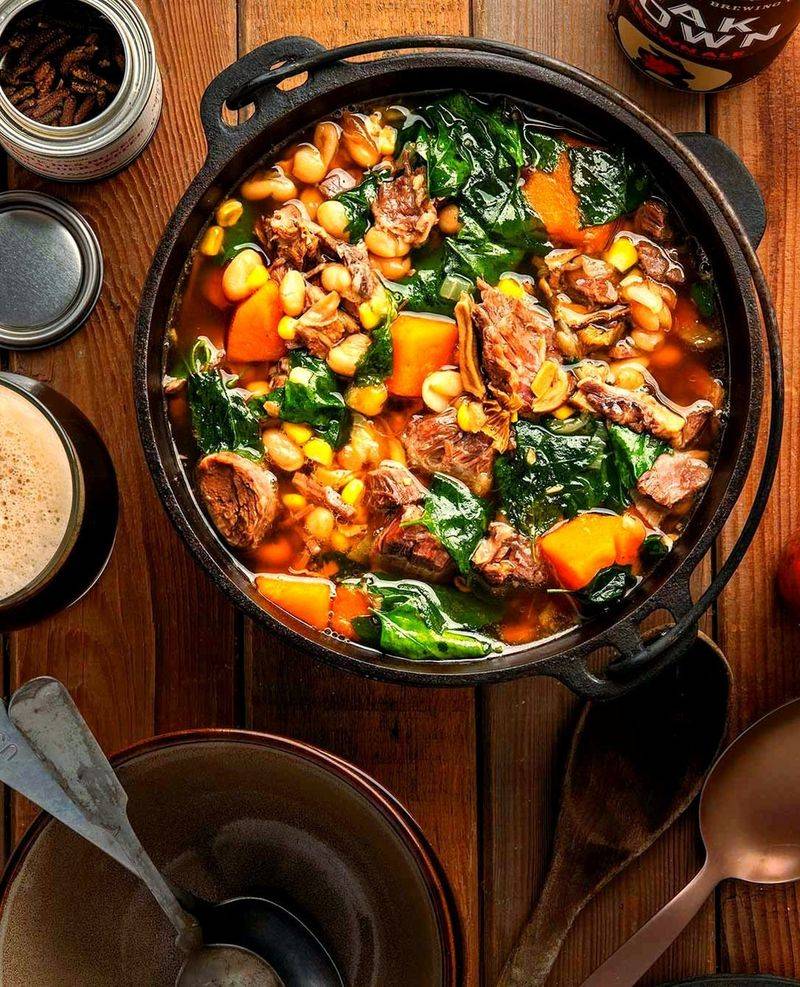
Corn, beans, and squash grow together in a companion planting system. Each crop supports the other, reflecting communal harmony.
This stew combines them into a hearty, nutrient-rich meal. It’s both comforting and symbolic, a true embodiment of Indigenous horticulture.
Modern cooks might add spices or meats, but the core trio remains the same. It’s a culinary tribute to balance and cooperation.
12. Acorn Soup

Acorns need to be leached to remove bitterness. This process takes time, but the result is a thick, nutty soup.
Tribes who depended on oak groves would gather, shell, and grind acorns in a communal effort. Elders taught younger generations the leaching steps.
In bowls of acorn soup, you taste the forest’s generosity. Each spoonful feels grounded and nourishing.
13. Cholla Bud Salad

Harvested from the cholla cactus, these buds are packed with nutrients. They were a precious food source in arid regions.
Soaked, boiled, then mixed with herbs and sometimes onions or peppers, the buds add a tangy note. It’s crisp, fresh, and surprisingly vibrant.
Sharing a cholla bud salad reminds us of the desert’s bounty. Even the harshest lands offer culinary gifts.
14. Sunflower Seed Cakes

Ground sunflower seeds form a protein-rich base. Sometimes dried fruit or sweeteners join the mix.
These cakes can be baked or sun-dried, depending on the tribe’s tradition. They’re portable, nourishing, and deliciously nutty.
In modern kitchens, people press them into bars for on-the-go snacks. A quick bite connects you to centuries of sustainable eating.
15. Boiled Yucca Root
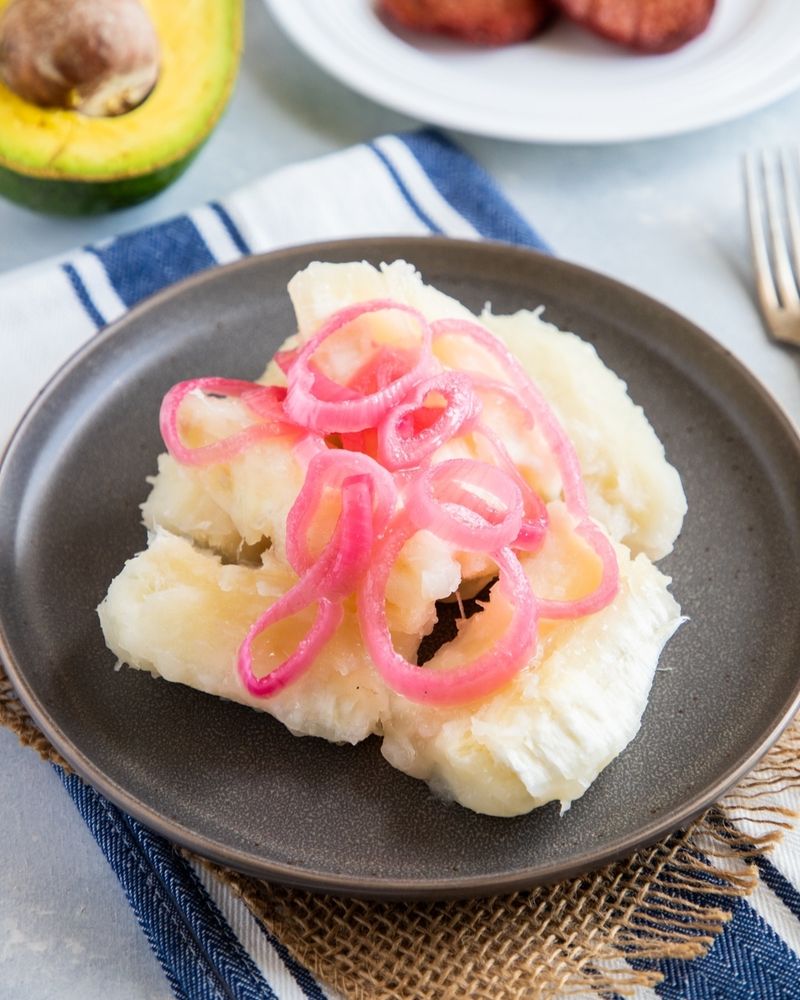
Yucca grows in the Southwest, where water is scarce. Boiling the root softens its fibrous interior, turning it into a starchy side dish.
It pairs well with chili sauces or simple salt. For desert communities, it provided vital carbs when other crops struggled.
Some modern variations roast it or mash it. Either way, it’s a humble reminder of life’s persistence under the hot sun.
16. Huckleberry Jam
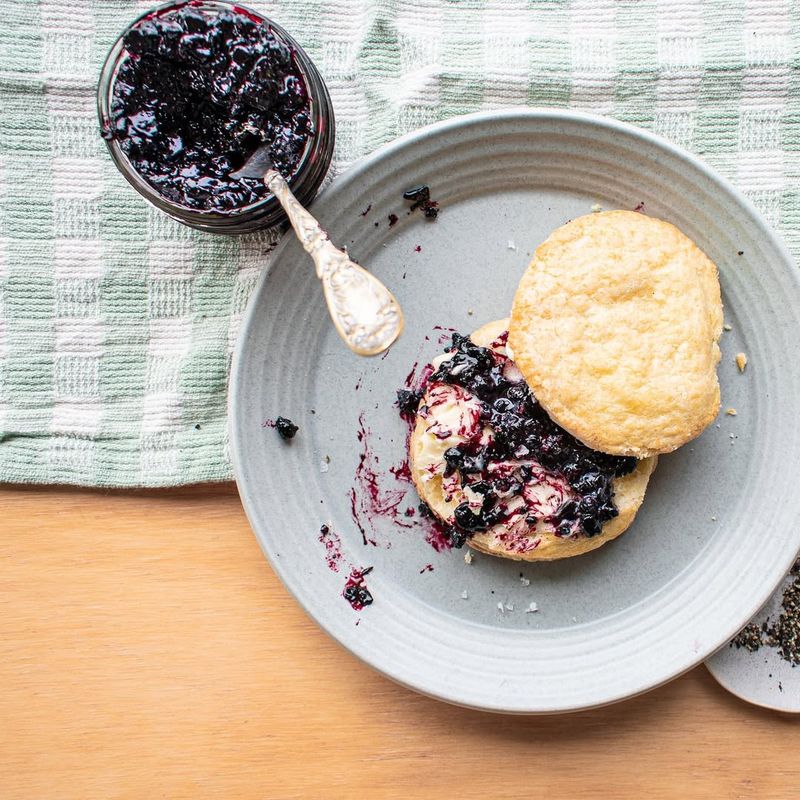
Huckleberries are small, dark, and intensely flavorful. Tribes in forested areas gathered them in late summer.
Cooking them into jam preserves that sweet-tart punch. It’s perfect on frybread, cornbread, or even a spoon.
Jars often carry stories of family outings, where picking huckleberries is both tradition and teamwork.
17. Wojapi (Berry Sauce)
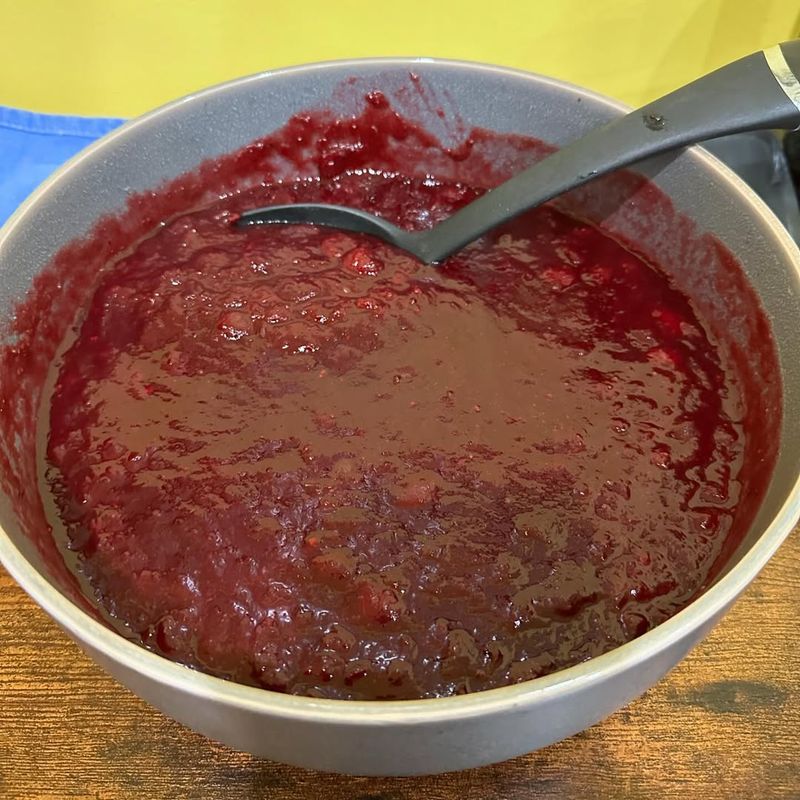
Wojapi is thick, rich, and not overly sweet. Lakota and Dakota communities often use chokecherries or other wild berries.
Mashing and simmering them yields a smooth, jam-like consistency. No heavy sugar needed—just the fruit’s pure essence.
Served with frybread or biscuits, it adds a tangy pop. Tasting wojapi is like tasting a patch of wild berries at peak ripeness.
18. Pine Needle Tea

Gathering fresh pine needles and steeping them in hot water yields a bright, invigorating beverage. It’s known for vitamin C and potential healing properties.
Many tribes used it for colds or general wellness. Its mild, piney aroma can feel soothing on chilly mornings.
Today, people are rediscovering its simple appeal. One sip can ground you in the forest, even if you’re miles away.
19. Chokecherry Pudding
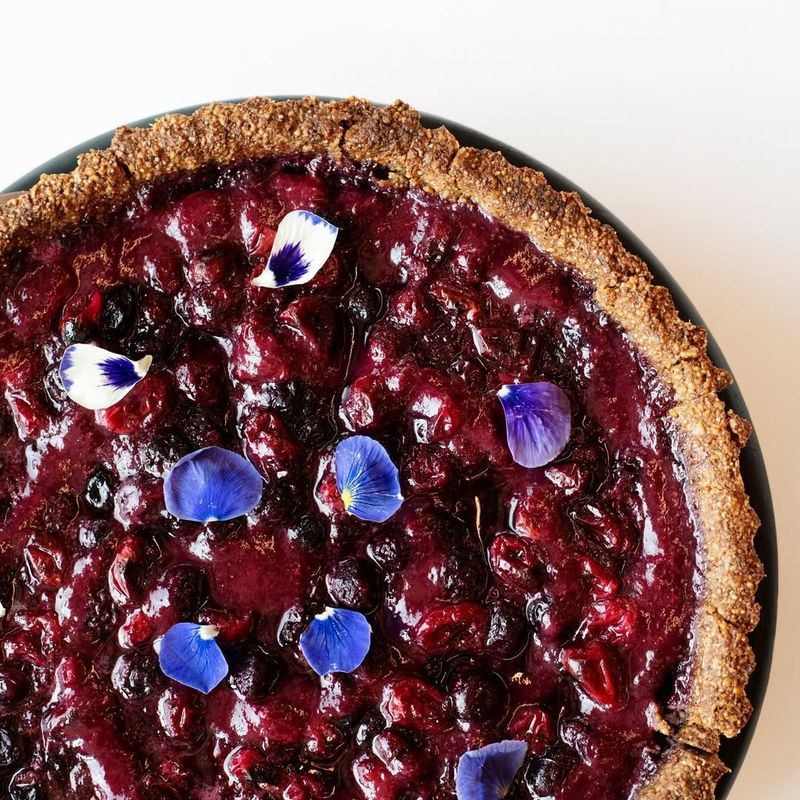
Chokecherries bring a tangy edge. Cooked into a pudding, their flavor deepens into a sweet-tart delight.
Tribes treasured chokecherries both as food and medicine. They’d dry them, pound them, then transform them into hearty stews or desserts.
Modern kitchens might sweeten chokecherries more than elders did. But the essence remains: a fruit that’s both wild and wonderfully unique.
20. Maple Syrup Glazed Squash

Maple syrup is liquid gold for northeastern tribes. Drizzle it over roasted squash, and you get a sweet, caramelized dish.
This pairing celebrates the synergy between tree and land. Long ago, people tapped maples in spring and stored syrup for winter sweetness.
Even today, that glaze feels special. It’s a quiet tribute to a time when sugar came only from nature’s handiwork.
21. Sweet Corn Pudding
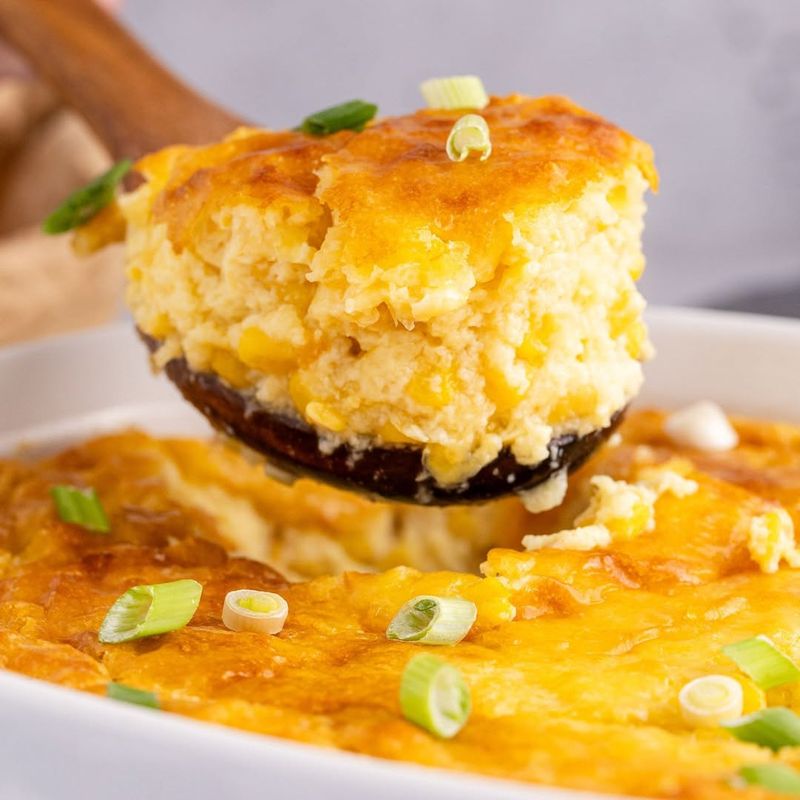
Fresh corn, ground or pureed, forms a smooth, sweet base. Some recipes add just a hint of sweetener, letting the corn shine.
For many tribes, corn was a revered gift. Turning it into a soft, pudding-like dish felt celebratory.
Now, it’s popular at gatherings or potlucks. Every spoonful reminds us how simple ingredients can form a delicious unity.
22. Juniper Berry Tea

Juniper berries bring a woody, almost gin-like flavor. Steeped in hot water, they create a soothing, aromatic tea.
Some communities used it for cleansing or medicinal purposes. The distinct taste can be an acquired preference.
Still, sipping this tea can help you appreciate the rugged environment where juniper grows. It’s a quiet moment of reflection in a warm cup.
23. Mesquite Bean Cookies
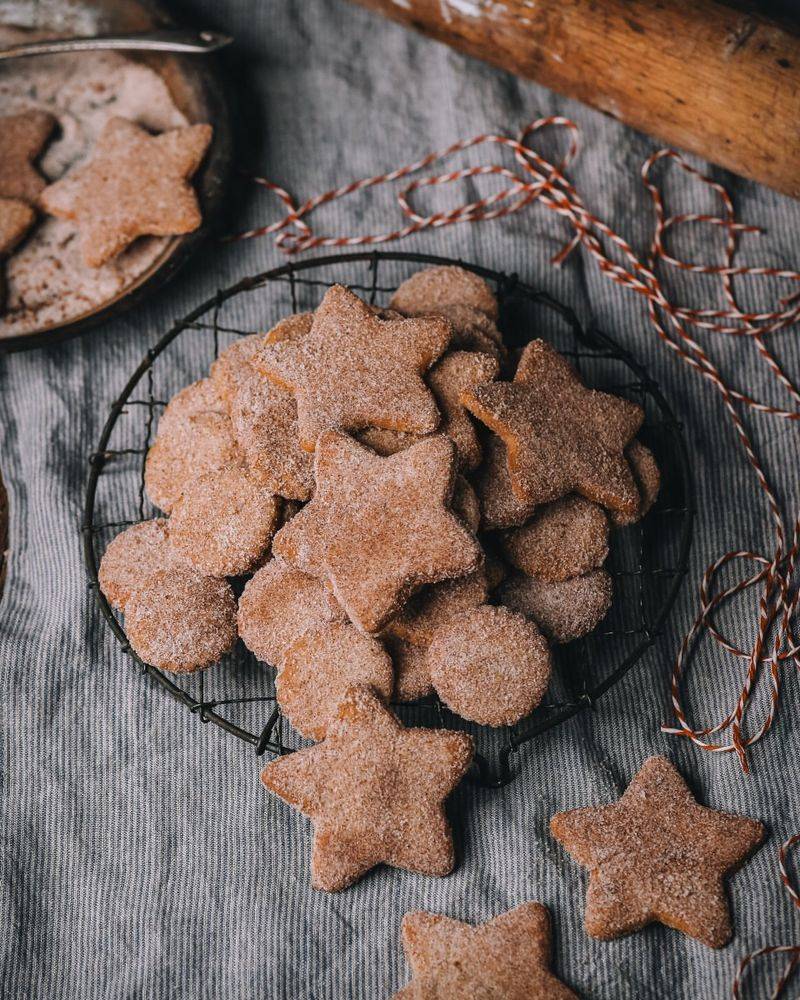
In the Southwest, mesquite trees drop pods that can be ground into flour. These cookies boast a unique sweetness reminiscent of molasses.
Tribes historically used mesquite flour for bread and cakes, taking advantage of desert resources. The flour’s fiber and protein content are pleasantly high.
Today, people shape them into cookies for a snack that melds old desert wisdom with a modern sweet tooth.
24. Pine Nut Mash
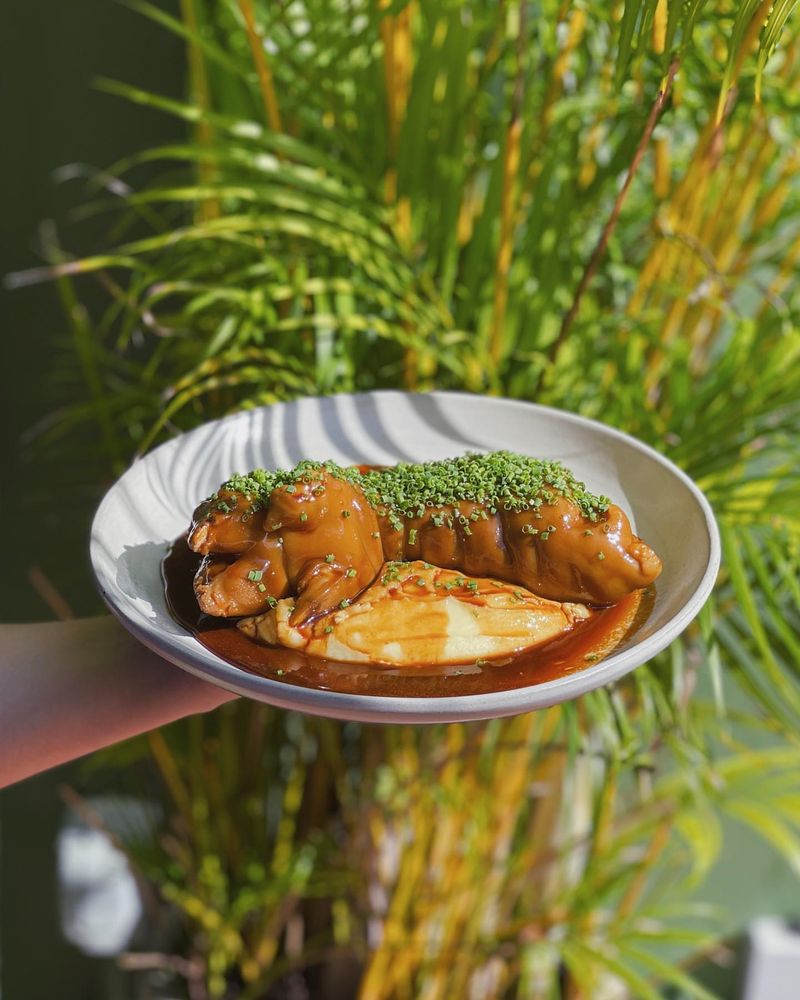
Harvesting pine nuts is tough but rewarding. When crushed and blended, they become a rich, spreadable paste.
Some add a little salt, others incorporate berries. Either way, you get a dense, nourishing food with earthy flavor.
Think of it as an ancient pesto. A single spoonful carries hours of foraging and patient shelling, all rolled into one creamy bite..
25. Pumpkin & Cornmeal Cakes

Pumpkin meets cornmeal to create a slightly dense, subtly sweet cake. They can be baked or griddled, depending on family traditions.
The blend of squash and corn harks back to the Three Sisters synergy. It’s hearty enough to serve alone or with a drizzle of syrup.
Biting in, you’ll notice the gentle sweetness of pumpkin and the grounding taste of corn. It’s a fitting finale to any feast.

